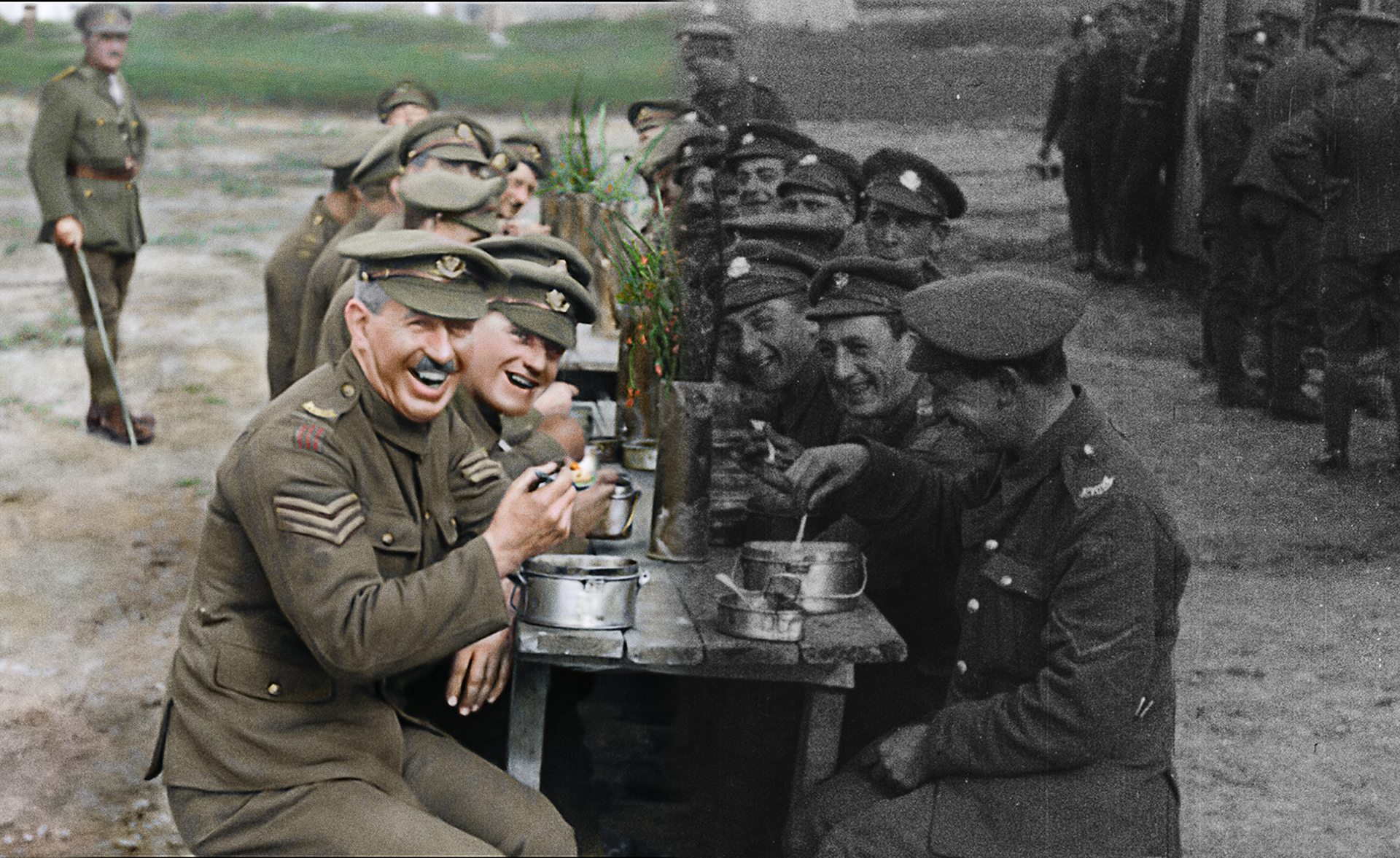In collaboration with the Imperial War Museum (IWM) and 14-18 NOW, Sir Peter Jackson has directed and produced a new documentary about the First World War called They Shall Not Grow Old. Using archive footage and extensive veteran testimony from the BBC and IWM, Jackson has used colourisation, 3D and other techniques to restore and reveal the Western Front in unprecedented detail.
The conflict was a cinematic landmark and also the first time that the horrors of war were captured on film. Hours of dramatic footage were filmed on battlefields and these motion pictures captured events in a shockingly realistic manner. It was also the first occasion when the general public at home saw footage from the front. The most famous example was the government-sanctioned 1916 documentary The Battle of the Somme, which was seen by an estimated 20 million British people in the first six weeks of its release.
Although Jackson is most famous as the acclaimed director, producer and co-writer of The Lord of the Rings and The Hobbit trilogies, he also has a deep, personal interest in the First World War. Ahead of the film’s World Premiere on 16 October 2018, Jackson talked to History of War Issue 60 about how he made They Shall Not Grow Old, his grandfather’s courageous wartime service and the impact of the First World War on New Zealand’s national pride.

How were you approached to make the film by the Imperial War Museum and 14-18 NOW?
The Imperial War Museum approached me about three years ago and they simply asked me if I would be interested in doing a documentary for the centenary. They didn’t have any concept for it other than that they wanted to use their archive in a different way. They’ve got many, many hours of First World War footage and they wanted to see that used in a way that hadn’t been used before. But apart from that there were no real instructions.
It took me a while to imagine anything beyond the usual documentaries we’ve all seen where a historian walks on the Western Front, talks to the camera and we then see excerpts of archive footage. They’re the kind of documentaries that we’ve seen for decades and I couldn’t get my head round how we could do anything different for a while. Then I came up with the thought, “How well can we restore the old footage using the all the computer power that we’ve got?” We’ve got a big visual effects company down here in New Zealand and for me it was really a question of, “How far you can go with computer programmes and software? How far can you go with taking 100 year-old footage and make it as fresh and new as you possibly can?”
I pitched that idea to the IWM and they were interested. They sent us a 3-4 minute piece of The Battle of the Somme film that had been scanned from 2K. From those we were able to use different bits of software and codes and we started a process of experimenting. The results were far beyond anything I actually imagined. I couldn’t believe how sharp and clear the footage was. You can read badges on shoulders and see detail that takes away the fog of 100 years. You’re blowing the mists of time away and it suddenly comes into sharp, literal focus.
What can audiences expect to see?
The film is a 90 minutes-long, feature-length film although it started out as a short. When we first discussed it, the idea was for it to be a 30-minute short film. However, as our techniques got better we’ve been able to make an 90-minute film for the same budget. That pleases me because 30 minutes was no time at all to do it justice.
What you’ll be seeing is a film that is not “about” the First World War. We never mention campaigns or battles like the Somme or Passchendaele. We never talk about tactics, strategies or generals and we’ve stripped out all references to specific events. We want to give people a film that simply depicts what it was like to be a soldier on the Western Front.
It’s totally focussed on the infantry. There’s a little bit of artillery in there but there is no flying or naval stuff. There are vast parts of the war that we simply don’t cover, partly because we didn’t have the time to do it. From the process that we developed as we went along, the film that has emerged very specifically focuses on the British infantry experience on the Western Front.
It’s not the story of the war, it’s the story of being a soldier in the war and the only voices we hear are from the veterans who fought there. There are about 120 of them and we’ve got about 600 hours of audio interviews from the BBC and IWM. From that 600 hours we have taken a wide range of people and put together an account that basically goes from the beginning of the war from enlistment and training to demobilisation at the end. It takes you through the infantry’s experience and focuses on things like, “What did you eat? How did you drink? Were you scared? What did you think of the Germans and what was it like to be in a battle?”
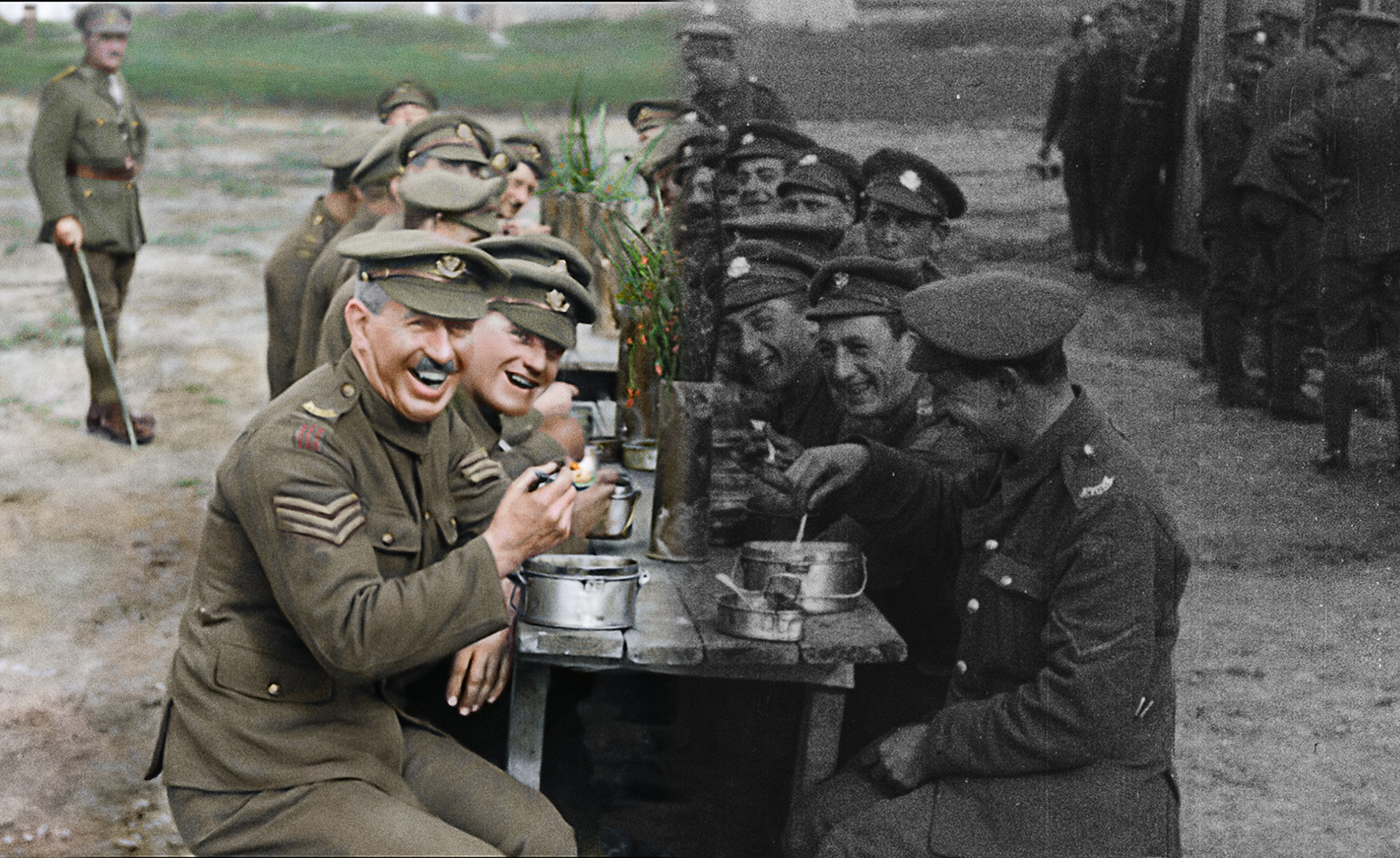
How did you restore the original archive footage from the First World War?
Restoring the footage involves a multitude of different techniques. You’ve got to remove and reduce the grain of the film and remove the scratches. You’ve also got to stabilise it because the old film shutters due to the sprocket holes shrinking over time. It trembles when you see it so you have to get it rock-steady.
You’ve then got to apply sharpening techniques. When you take away grain and the artefacts that have been harboured on 100 year-old film stock, you then add modern sharpening to it to make it crisp. Then you ultimately have to adjust the speed.
We all know that old films are sped up if you look at them at normal speed so they appear to be fast. The hand-cranking of the camera was wildly variable and we discovered that some of the film was shot as low as 10 frames-per-second (fps). You have to change it to 24 fps and the best we found was about 18 fps. The majority of it was around the 13-15 fps mark but there was no way of knowing what the speed would be unless you just tried it. All the film we have used has been run at multiple speed adjustments and, ultimately, you can only look at it by eye to judge what the actual speed is and adjust it accordingly.
To change the speed, which is the final trick with the black and white footage, we’ve used computers to create frames that aren’t there. If you take frames that are 10-12 fps you’re effectively missing out every other frame if you want to screen it at 24 fps. We use computers to create artificial frames in between the frames so that we don’t have to extrapolate what the missing frames should be. The result is that you get this incredibly lifelike, smooth, modern-looking film.
In a way, restoring the black and white footage was the main job and required the most thought. The colourising and 3D came at the end and I regard it as the icing on the cake. We knew how to add colour and 3D because that’s a standard filmmaking technique now but getting really crisp black and white film was the trigger.
The colourisation is done by my company in the USA and it was really an experiment. We’ve all seen colourised First World War footage before because there was a TV series about it but I wondered what would happen if we utilised the full colour computer technology that we have now. We have a reasonable budget, colourise it by hand and take great care. We’ve all seen how bad colourisation can be but what we haven’t seen is how good it can be. I was just curious to push it as far as we could to make it look real and it’s worked out incredibly well.
We’re also working on the 3D in post-production and its pretty stunning. When you do the restoration, add the colour and then finally watch it in 3D, it feels like you’re watching the Gulf War, Iraq War or even the Vietnam War. It doesn’t feel like you’re looking at World War One. It doesn’t have any relation to that sped-up, “Charlie Chaplin” scratchy film that we see in documentaries. We ultimately wanted to show the war as the veterans saw it. They didn’t experience it in jerky black and white, they experienced it as the real thing. Therefore, we have tried to make the footage look as close to a modern HD image that you would film on your iPhone or video camera.
What I’m most proud about is not just the documentary itself but that the Imperial War Museum has now got over 80 hours of fully restored archive footage. I’d hope that for the next 100 years all the documentaries about the First World War will include all the restored footage rather than the scratchy stuff. We said that we would restore everything that they sent and return it to them as a contribution so I’m proud of that as well.
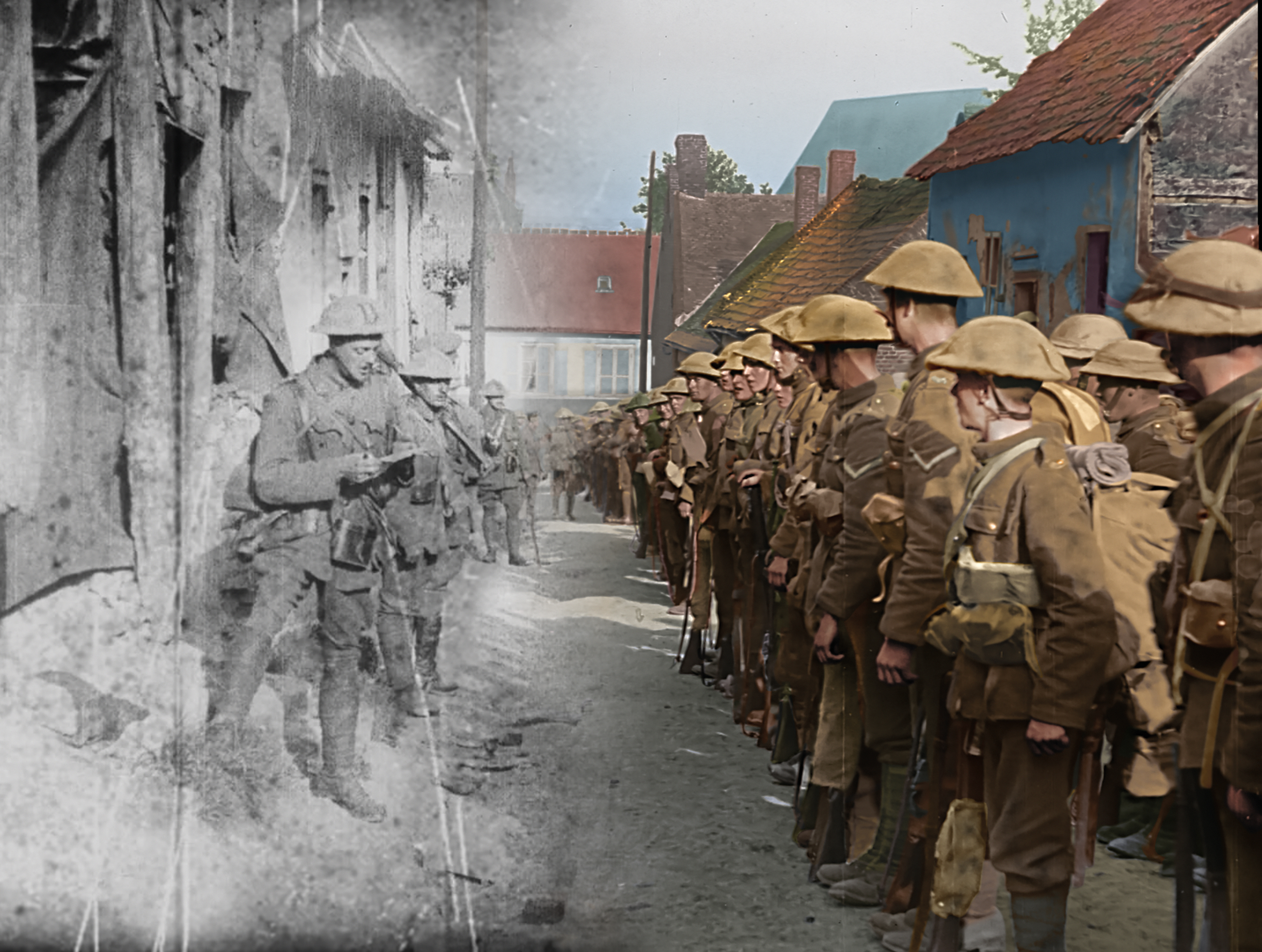
What are your thoughts on the veteran interviews used in the film?
With the audio interviews I wanted to stay away from interviews that were done in the 1980s-90s when they were very old men. In a way, when those guys got old I couldn’t help but feel they were saying what the director wanted them to say for the camera rather than just talking about the war.
Fortunately, the BBC had made The Great War TV series in the early 1960s and I got them to release all the audio tapes and outtakes of every single veteran that they interviewed, including veterans that didn’t even appear in the show. The IWM also did a great job, particularly Peter Hart who interviewed a lot of veterans in the 1970s, so we had a cut-off period of the end of that decade. The 1960s-70s is the period where we got the material from so that while the guys were not young, they certainly weren’t ancient. They were in their sixties and seventies and were able to recount things incredibly well and talk with a great deal of honesty. These interviews lasted for hours and hours and they talked about everything. Therefore, there was a lot of fantastic detail that I’d never heard before that we could use.
The one thing that amazed me was their lack of self-pity. We think of veterans of the First World War when they were in their nineties and also the last ones that were around. We’d also think of them as having gone through an absolute nightmare and been through hell and back. The First World War was obviously brutal but the veterans didn’t have any self-pity. They didn’t feel sorry for themselves and the majority of them didn’t even feel sorry that they experienced it.
To me, that was the important thing. If we were going to all this trouble to restore the footage to make it look as real as possible then I wanted the commentary to come from them rather than have any modern spin on it. I wanted them to simply say it as they saw it.
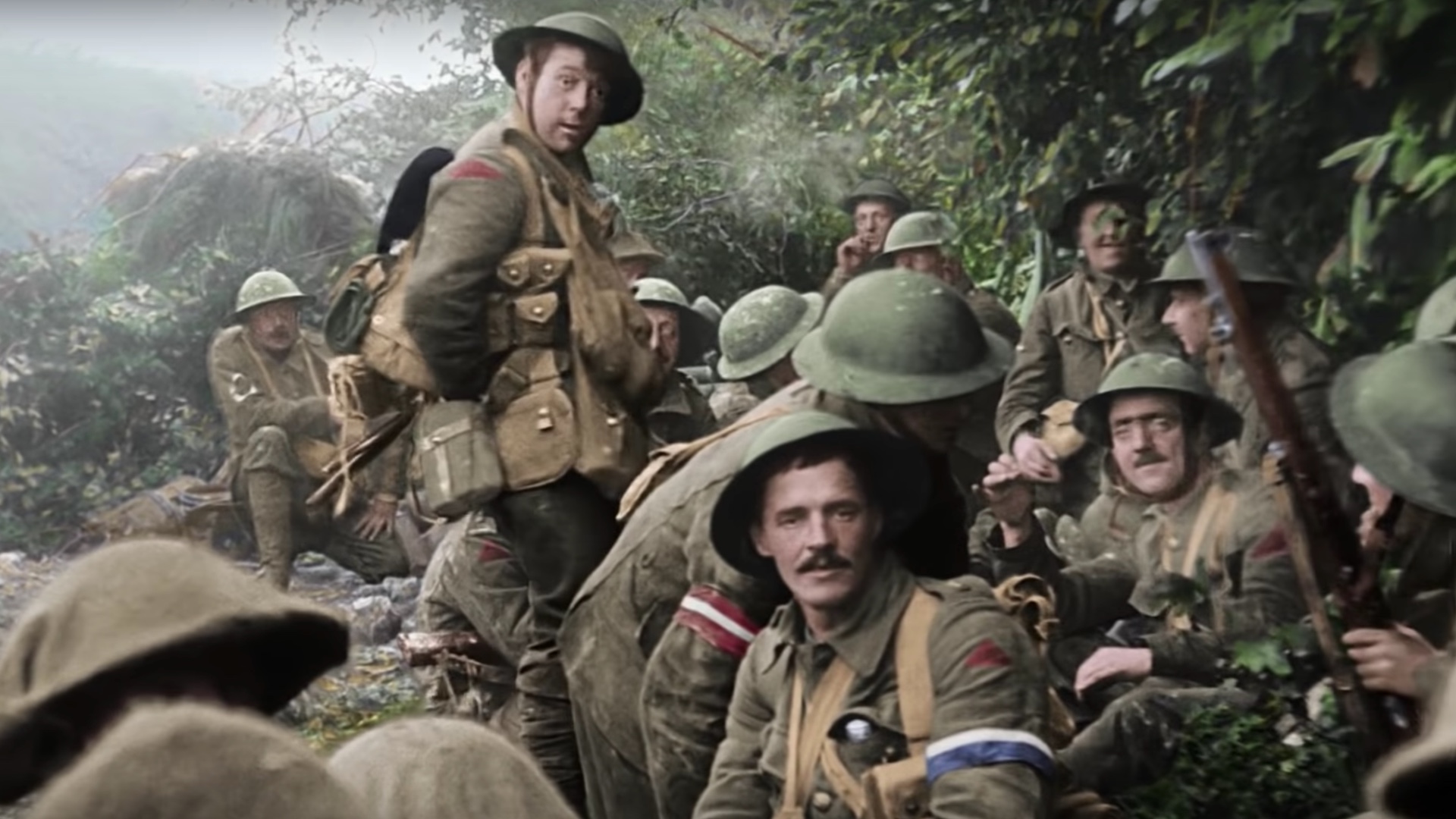
How did you lip-synch the words of the soldiers on the silent footage?
Apart from the veterans talking, which is the only commentary we have, we’re dealing with silent film. We got lip readers to read the lips of the soldiers talking in the footage and then we got actors to perform it in a very real, natural way. We then made a soundtrack that sounds like it was recorded on the day it was shot. The result is you’re not just seeing restored footage but you’re also hearing these soldiers.
We wanted it to sound as though there was a microphone following them around just like the camera did. Obviously there were no microphones or sound recording equipment but we wanted it to sound as though there was. We haven’t overdone it and we’ve tried to create a soundscape that sounds very real. Everything you hear on film has been realistically reproduced, including reproducing all the footsteps. For example, if a rifle is put down then we’ve put the sound of that in. We have a highly detailed sound effects track, which is ultimately low-key because it sounds like you were literally recording them as they were being filmed.
How does it feel to reproduce the footage of the British soldiers?
I wonder about these guys all the time. Some of them make me smile and laugh and you can see some of their characters and personalities. I always wonder if they survived or not. One of the things the restoration does is bring these soldiers faces to life so clearly. Hopefully one of the by-products might be is that the descendants of these people can actually see a great-grandfather or great-great-uncle from family photos. Because the footage is so remarkably clear now, I’m hoping that people will come forward and actually name some of the people that have been filmed. At the moment the people on the film have no names at all but I’d love to find out the stories of some of them.
Do you have any favourite scenes?
One of the things that surprised me, although I knew it on one level, was that we kept finding more and more film of German prisoners helping with the First Aid. I’ve seen photographs of German prisoners helping wounded British guys so I was aware on one level that this happened but we found so much film of the Germans essentially pitching in trying to save the lives of whoever it was. It didn’t matter if it was a wounded Brit or German, they were just pitching in to try to help once they’d been captured. They pretty much had free rein: they’re not under bayonet guard and they’re pretty much wandering around the First Aid posts trying to help.
The images of that surprised me and then we found guys that were talking about it on the audio interviews. They were surprised that the Germans were helping as well. You also realise that when you hear the British veterans talking about the Germans it becomes apparent how different World War One was to World War Two in that regard. It wasn’t a political war of hatred, or a regime that was doing despicable things although obviously in the First World War despicable things occurred. The basic experience of the soldiers at the front was that the British regarded the Germans as being the same as them for the most part. They knew the Germans were suffering the same mud, cold and food as they were and so they had a strange kinship, even though they killed each other in vast numbers.
To me, that was the stark difference with World War Two because you don’t have the Nazis, SS etc. You didn’t have that appalling political side of it. Cousins in Europe were fighting a war where they never thought they’d be fighting each other. They were doing it because governments told them to and they did it because they put their countries first, on both sides. However, when it came down to contact between the British and Germans they had a lot in common and they didn’t have any hatred.
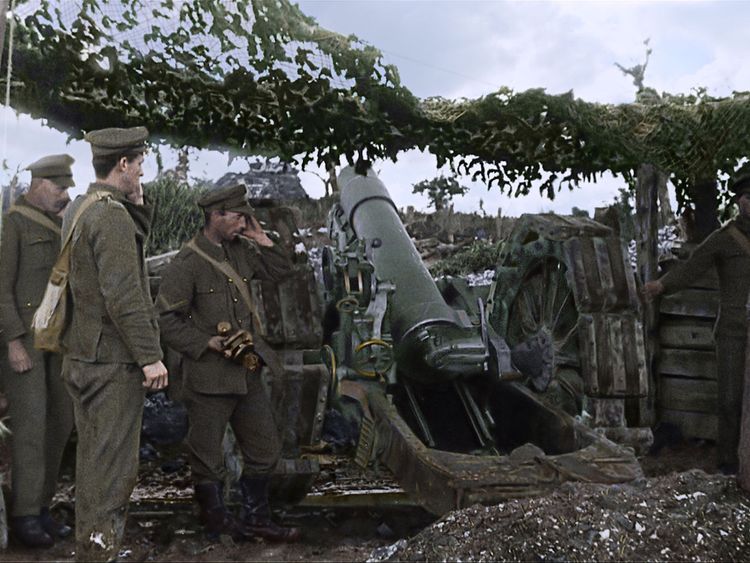
Have you always had an interest in the First World War?
I have, it’s a war I grew up with in my household. My grandfather was in the South Wales Borderers during the First World War and he was with them from 1910-19 so he went through everything. He won the DCM (Distinguished Conduct Medal) at Gallipoli in 1915, was wounded on the first day of the Somme at Beaumont Hamel and was then at Passchendaele. He survived the war but eventually suffered for it because he died in 1940. He was only 50 years old and died from ill health that was sustained from multiple injuries but my father always spoke about him.
When I was growing up in the 1960s there weren’t so many books about the First World War as there is now but Dad would buy whatever books came out, especially to do with places that my grandfather had been. Our bookshelf had a modest collection of these 1960s books about the war and prior accounts about Gallipoli etc. I used to read those and then it was strange because I had this concept of my British grandfather being at Gallipoli and being a Kiwi that campaign is also obviously a huge thing in our country. As a young kid it took me a while to figure out the Anzac Gallipoli story to my grandfather’s experiences in the South Wales Borderers. They nevertheless fought in the same place and so throughout my childhood I talked to my Dad and heard stories about my grandfather.
There were obviously also World War One veterans still alive. I remember in Pukerua Bay, the village where we lived in New Zealand of a few hundred people, there was an old bloke called Alf Fuller who would sit on park bench coughing because he had been gassed in the war. I would talk to him and you couldn’t grow up in New Zealand in the 1960s-70s without being surrounded by veterans of both World Wars.
What is it about the First World War that you find so fascinating?
The First World War always interested me because of my grandfather. My father had been in the Second World War but strangely enough that’s never interested me quite as much. Its partly because its not about the politics or the Nazis. It’s a period where the technology of the world shifted hugely in those four years of war.
It went from a horse-drawn world to the world of the internal combustion engine. It was the way that submarines were used for the first time and aeroplanes developed. The Royal Flying Corps had about 120 planes at the beginning of the war and had 25,000 at the end. It is just the way that it shaped the 20th Century from a technological perspective as well as the political stuff.
How is the ANZAC contribution to the First World War viewed in New Zealand today?
Gallipoli has been huge in New Zealand my entire life and its only got bigger and bigger. In a way, what I have experienced in New Zealand has been a huge resurgence of interest in World War One, which strangely coincided with the last veterans dying off.
Even if it was subconscious, it almost felt like the veterans didn’t want to talk about it, although of course some of them did. A lot of them didn’t talk about it and even to the end of their days it was something that they didn’t really discuss with their wives or children. So even though we had Anzac Day parades with First World War veterans around it was only when the last veterans died that we have seen the crowds increase.
If you like, our main memorial day is 25 April, which is the Gallipoli Landing Anzac Day and thousands and thousands of people from all around the country get up at dawn. It’s huge, we look on the First World War as the war that shaped us much more than the Second World War. The First World War was where New Zealand, which was a relatively young country, got up onto the world stage. It was written about in the UK newspapers and in the US we actually got talked about instead of being ignored down the end of the world. We contributed something and made a name for ourselves and it’s that nation building aspect, which is much stronger from the First World War than the Second.
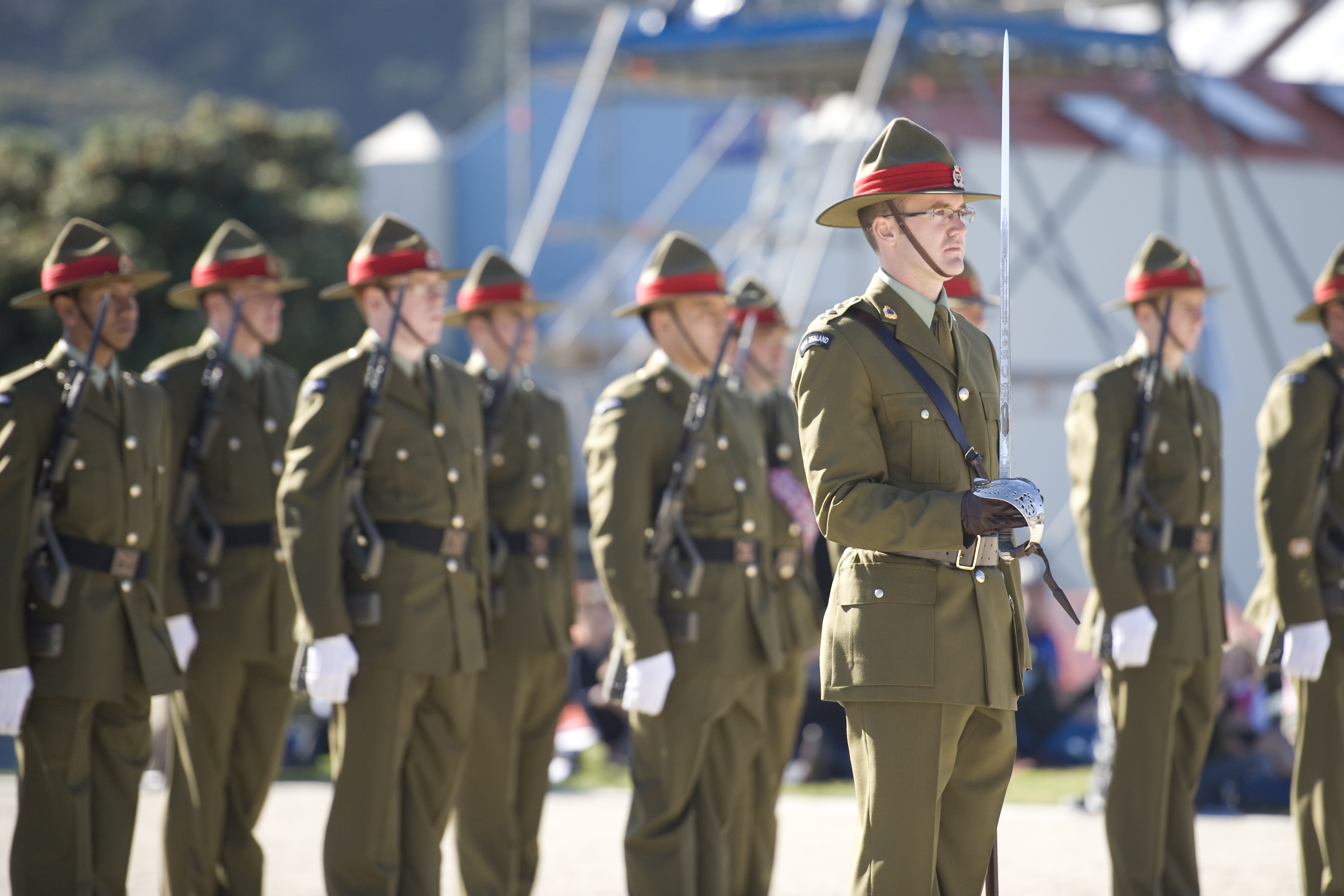
What do you hope audiences will learn from They Shall Not Grow Old?
I’ve screened various bits and pieces to people in New Zealand and I think the majority of the film isn’t going to fit into their perceptions of the First World War. The majority of it will be things that they probably haven’t heard before.
Documentaries on the First World War tend to end up focussing on the strategy and the Somme, Passchendaele etc. They’re dominated by that rather than the minutiae of being a human being in the war, which has largely escaped the documentaries. I think people will be surprised to be hearing things they’ve never heard before. It’s all publicly available stuff from the archives but most of the documentaries don’t go through everything. However, we’ve been through dozens of hours of outtakes of things that were cut. It’s all jumbled up but we went through every bit of it, scanned it and restored it. I think there’s a lot of film in there, even for people who are familiar with the footage, that they will have never seen.
What I hope the film does is that it takes away 100 years and makes you think that those who fought were just the same as us. They were no different and yet what they experienced was something extraordinary in all sorts of ways, good and bad. Their human response to what they experienced is strangely familiar because we all go through times of hardship, pain, suffering, pain and pleasure. We hear these guys talking about the same things that we feel and you suddenly realise that 100 years has just evaporated and it makes it more immediate.
They Shall Not Grow Old has been co-commissioned by 14-18 NOW and the IWM in association with the BBC and will be given its World Premiere as the Special Presentation at the BFI London Film Festival on 16 October 2018. It will be simultaneously screened in 2D and 3D across the UK, including cinemas, schools and special venues. Sir Peter Jackson will attend the premiere and the simulcast will include a post-screening Q&A between Jackson and film critic Mark Kermode.
For more information on how to book screening tickets visit:
www.iwm.org.uk/events/peter-jackson-they-shall-not-grow-old
or
Sir Peter Jackson’s interview is available to read in History of War Issue 60, which is on sale internationally from 4 October 2018.
Images courtesy of 14-18 NOW, Imperial War Museum, WingNut Films.
